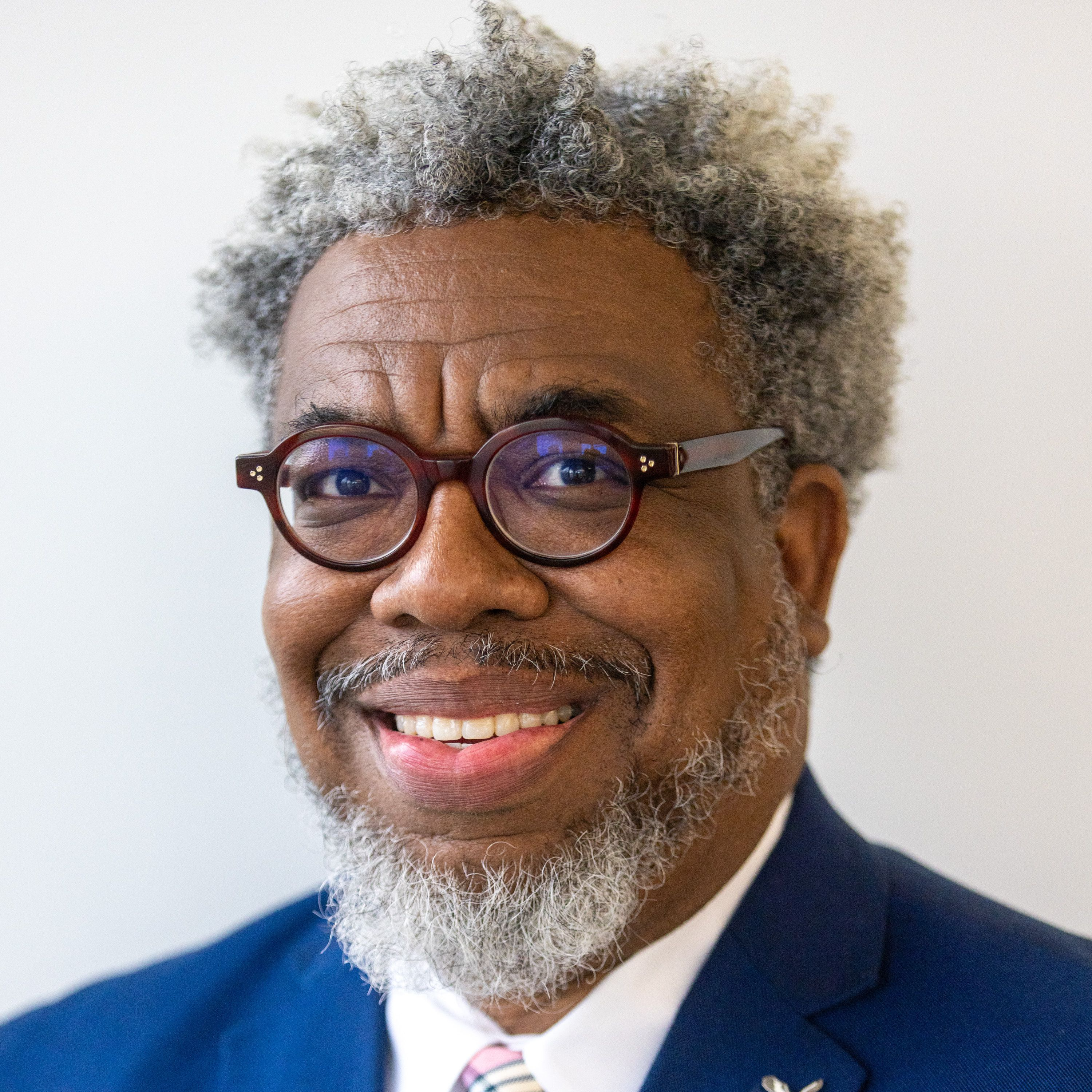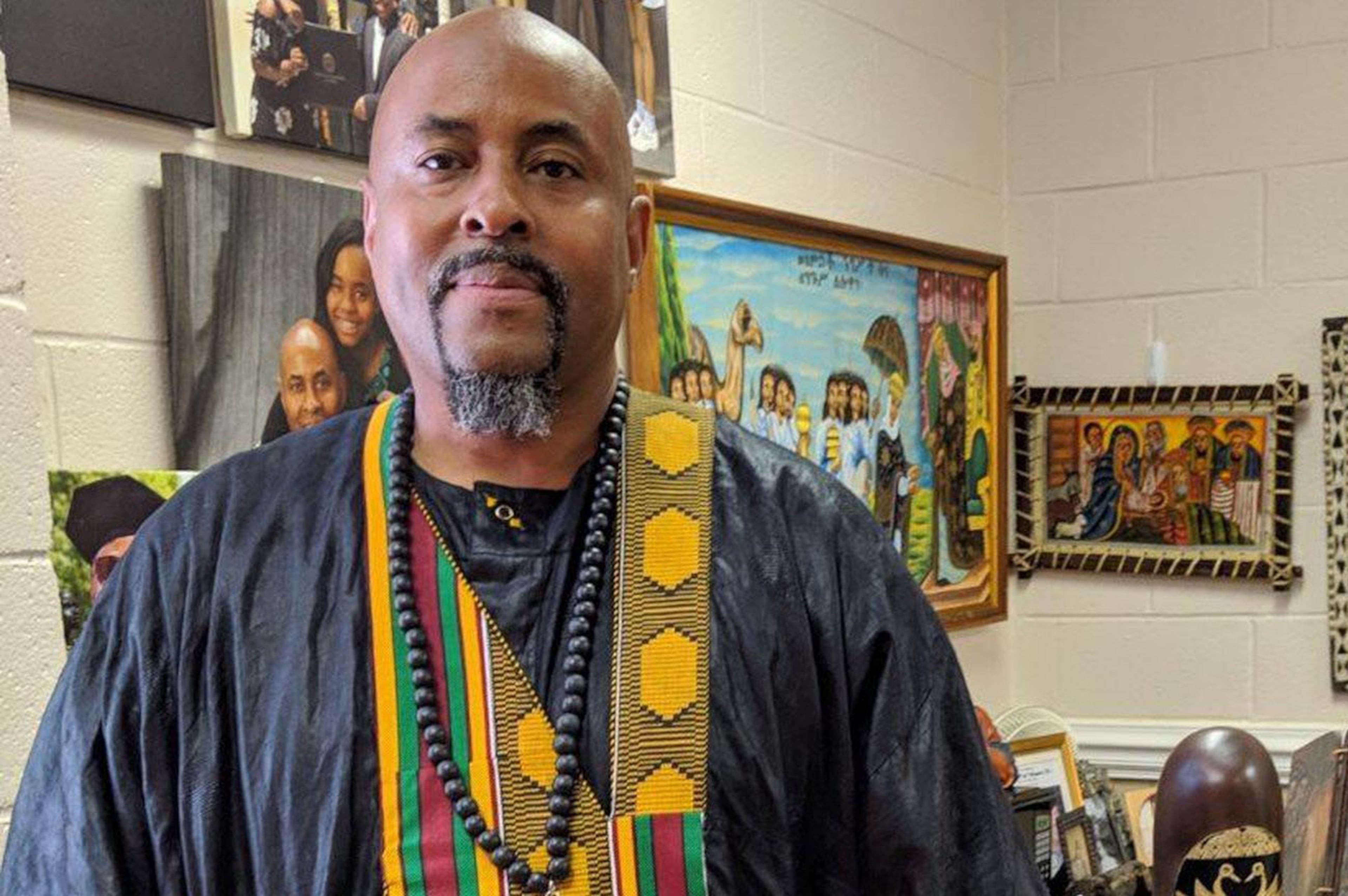Amid the pandemic, Black History Month series explored health and wellness
A funny thing happened in the middle of last year’s Atlanta Journal-Constitution Black History Month Series.
Six years in, and in the middle of a pandemic and racial strife in our streets, we were cruising like a well-oiled machine producing high-quality and informative stories every day for 28 days.
Then someone mentioned that since at least 1928, the Association for the Study of African American Life and History has always had an annual theme. Carter G. Woodson’s landmark organization officially offers educational guidance during Black History Month.
Last year’s theme was the Black Family. This year, they are focusing on Black Health and Wellness.

W. Marvin Dulaney, president of ASAALH, said themes are chosen years in advance, which makes the timing of this year’s theme even more prescient.
“It just happens to fall when we are in the midst of the pandemic,” Dulaney said. “We initially wanted to look at the contributions of African Americans in health care and medical, but this pandemic just highlights the need to focus intensely on the health and wellness of African Americans, because we are the ones affected most by it.”

Although we had always tackled big topics like Black Midwives, the couple that challenged Georgia’s interracial marriage laws and Black culture and wealth in Atlanta, we never had a centralized theme - until this year.
Blatantly following ASAALH’s lead, we set out to focus on Black Health and Wellness, while also offering stories on the spectrum of the Black experience.
That meant major A1 and Sunday pieces on the topic, as well as a collection of new and archival stories spread out over the month telling the important story of the state of Black wellness.
We kicked off the series with a story on Sickle Cell Disease, the genetic disorder once dubbed “The Negro Disease,” that disproportionately affects Black people and can lead to stroke, organ damage, pregnancy complications and a shortened life span.

But in this age of COVID-19, our first Sunday story looked at how Black people have fared and faced the pandemic two years in. Our last Sunday story focused on HIV/AIDS in the Black community and served as a stark reminder that even during a pandemic, the horrible disease still ravages.
Between that, we told stories of environmental racism and how disadvantaged communities are suffering from unseen and untold health issues.

As part of this series’ legacy, we have always tried to tell stories that are not your standard Black History Month fare, but rather those untold stories about people, concepts, and philosophies. That is especially important now in the middle of the growing conversation about critical race theory and what should and should not be taught in our schools.
ASAALH’s Dulaney, a retired history professor, called it a “smokescreen used to prevent the teaching of African American history and dealing with race and racism.”
“Black history is important because it shows the totality of the African American experience in this country,” Dulaney said. “How we have helped shape this country and pushed the idea of democracy, equality, and freedom, because we have been fighting for that since we been here. We need to be included in the master narrative of this country.”
Some of our loyal AJC readers and subscribers agreed.
One reader, who had never heard the harrowing story of how enslaved Black women were experimented on in the name of gynecology, wrote, “I am grateful for your giving us insight into this “critical race theory.” If the Georgia legislature has its way, this stunning story could not be used in public schools, and we would be in danger of repeating this sordid history again.”
But not everyone was happy.
Our COVID-19 coverage carefully detailed how Black residents are more likely to be hospitalized by the virus and face higher barriers to health care access than whites. The story also detailed the resources and hard work it’s taken by the state’s strained public health network to bring vaccination rates among African Americans into parity with whites. Still, that rate remains about 10 points below the state average.
One reader wrote: “Disparities and inequities based on race is the focus of the story yet numbers demonstrate what is essentially the same rate between blacks and whites. Why (does this story) keep pounding the inequity message into readers?”
But we carried on.
And dug deep, with our eye-opening story on how Black marine archeologists are navigating the ocean floors in search of sunken slave ships and a look at how Atlantans of Haitian descent see themselves through the lens of the Haitian Revolution.
Wed by a King
For Valentine’s Day, it has been our tradition to tell stories of love and resilience and this year, we met the Middlebrooks, who were married in 1961 by the Rev. Martin Luther King Jr.

The Talented Tenth and the New Negro
We also explored the history part of Black history with stories on recounting Morehouse College and Atlanta University’s ties to the concept of the Talented Tenth and Alain Locke’s recognition and enlightened discovery of the New Negro and how both of those concepts play out today.

It might be safe to that the Talented Tenth and the New Negro both served as a launching pad for Sigma Gamma Rho Sorority, Inc. which is marking its centennial this year having been founded in the heart of Klan country in 1922 in Indiana.
The concepts could also be attributed to the work of Charles Drew as a pioneering doctor, to James Baldwin as a critical writer and activist and even to the conversations sparked by the rise and fall of the tragic mulatto.
And it was also what Mamie and Kenneth Clark were going for when they conceived the famous Doll Tests, the groundbreaking psychological experiments on children in the 1930s and 1940s to prove how African-American children were psychologically and emotionally damaged by attending segregated schools.
photo credit

Pioneers
With Black history, fortunately, or unfortunately, we are still marking the “firsts” a delicate category that answers the question of why they were important while begging the follow up of why did it take so long?
That is why Lo Jelk’s story as Atlanta’s first Black television reporter is so important, especially when you consider the fact that when he started that didn’t even put him on the air. Instead replacing him with a sign reading “Lorenzo Jelks Reporting.”

It is also why we must learn about Crispus Attucks, the first man to give his life for the American Revolution and Major Taylor, the first Black sports superstar, who dominated cycling in the late 19th century only to be lost in history.

Women
Women, Black women, often overlooked by their male counterparts, also got a share of attention this year.
Getting back to health and wellness we explored infertility in Black women and following the suicide of Cheslie Kryst, we looked at the mental health crisis facing Black women.

We also told the story of the brave Ruby Bridges, who in 1960 at the tender age of six years old, by herself, integrates the William Frantz Elementary School in New Orleans, in the eerie, silent solitude.
And there was the untold story of Vinnette Carroll, the first Black woman to direct a play on Broadway with “Don’t Bother Me, I Can’t Cope.”
A junkyard and a drum master
On the entertainment front, we went back 50 years to re-watch Sanford and Son, the groundbreaking sit-com that broke barriers in television by changing the way audiences viewed Black entertainers while opening the doors for the flood of Black content we are witnessing today.
Kinda like professional wrestling, where Black wrestlers have dominated the Southern scene from the top ropes for decades.

We also went to school with Art Blakey, the mighty jazz drummer who trained and inspired a generation of musicians.
Of Hosea, Virgil and Tyler
We told the story of the long, bombastic life of civil rights icon Hosea Williams and the short, brilliant life of designer Virgil Abloh.
And we ended the series, as we always do, with a look toward the future. This time with hot photographer and image-maker Tyler Mitchell.
When we were done, more than a dozen reporters wrote 24 new stories for the series, with four stories running from our six previous years of archives, which have been indexed on our new Black History Month Page.
Now, on to 2023.
ASAALH’s Dulaney said the theme will be Anti-Black Violence and Resistance.
Time to get to work.


